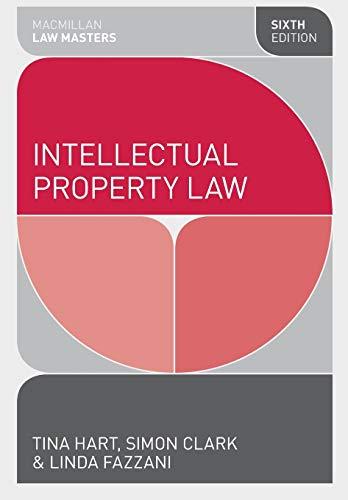Question
Timekeeping and Billing Timekeeping is the process of tracking what attorneys and legal assistants do with their time. A timesheet or timeslip is where legal
Timekeeping and Billing
Timekeeping is the process of tracking what attorneys and legal assistants do with their time. A timesheet or timeslip is where legal professionals record information about the legal services they provide to each client. Billable time is the actual time that a legal assistant or attorney spends working on a case, which is directly billed to a client's account. Nonbillable time is time that cannot be directly billed to a paying client, such as general or administrative activities for the firm, personal time, breaks, and pro bono work. Pro bono work is a legal service that is provided free of charge to a client who is not able to pay for the service.
Most law offices have a minimum number of hours that legal assistants must bill every year. Billable hours are typically between 1,400 and 1,800, though they can be higher in some offices.
There are several different types of manual timekeeping systems. Most systems allow the timekeeper to record their time chronologically and then separate the sheets and file them with each case. Some timekeeping and billing programs provide assistance in keeping track of time. This usually consists of telling the computer what case you are going to work on and to turn the "meter" on and then off when you are finished.
A timesheet or timeslip is a record of detailed information about the legal services professionals provide to each client. Time is usually billed in either 6-minute intervals or quarters. See your textbook for a sample timeslip form.
Part 1.
You are a paralegal in a large law firm, and you have had a hectic day. During the day, you have taken notes on how you spent your time. Using the notes below, create your timesheet in 6-minute intervals. Be sure to record all times in decimal format.
- Finalized petition for Jones Divorce (2 hours and 15 minutes)
- Rosalie Gonzalez: Spoke with client about bringing in documentation related to her husband's estate; began preparation of Application for Appointment as Executor (1 and a half hours)
- Firm meeting (35 minutes)
- Lunch (1 hour)
- Rusty Hurd personal injury lawsuit: Continued review of documents produced by employer and trucking company in discovery (3 hours and 10 minutes)
- Mark Stevens child custody dispute: Reviewed report of Guardian Ad Litem and prepared memo to supervising attorney regarding conclusions (50 minutes)
Part 2.
After you have created your timesheet, it is now time to calculate the fees that you have generated. Using the rates below, calculate the fees. You can include the calculations in your timesheet by adding a column for "Fee" and inserting the amount of the fee there.
- Family law matters - $60 per hour
- All other matters - $75 per hour
Finally, you have some questions to consider for this activity:
Was it a productive day or not?
Were the notes that you kept sufficient to help you draft your timesheets at the end of the day?
What important suggestions would you provide to others to ensure that they are able to accurately and clearly explain their activities for the day?
Why is it so important that you are able to detail your activities?
Step by Step Solution
There are 3 Steps involved in it
Step: 1

Get Instant Access to Expert-Tailored Solutions
See step-by-step solutions with expert insights and AI powered tools for academic success
Step: 2

Step: 3

Ace Your Homework with AI
Get the answers you need in no time with our AI-driven, step-by-step assistance
Get Started


